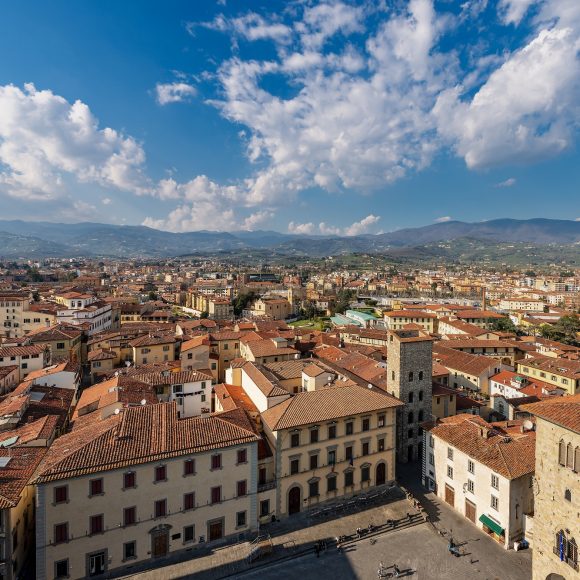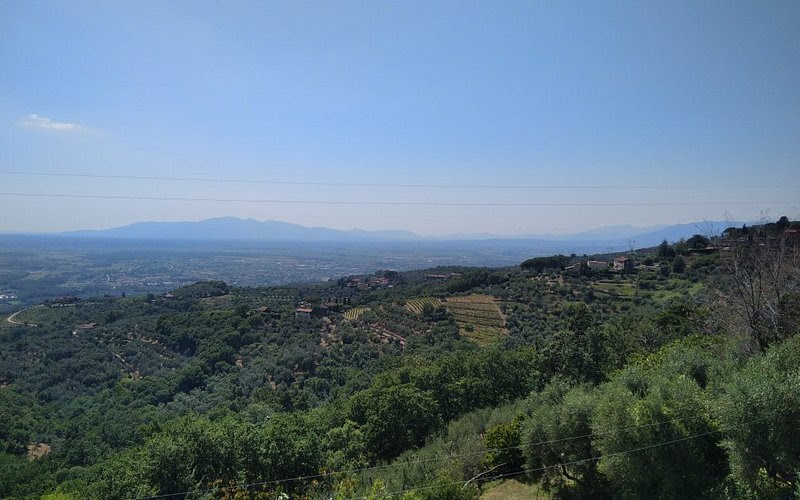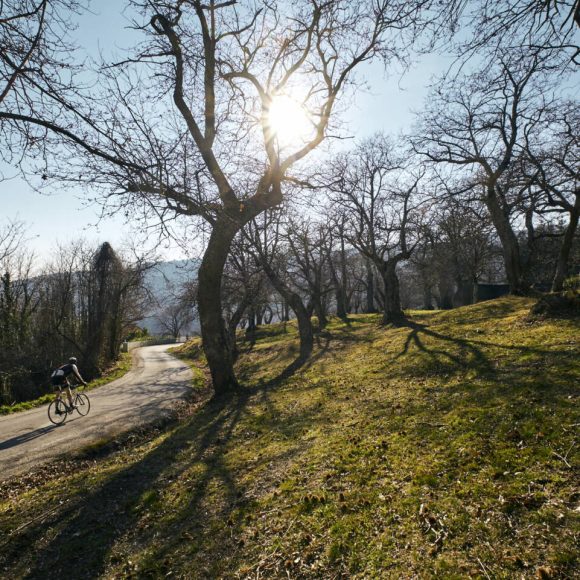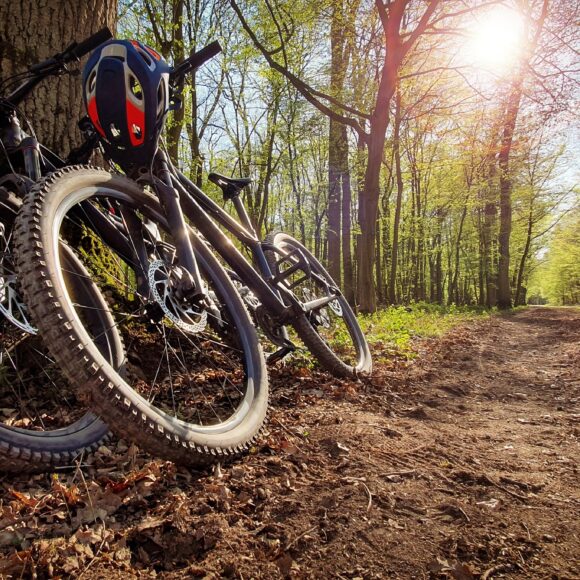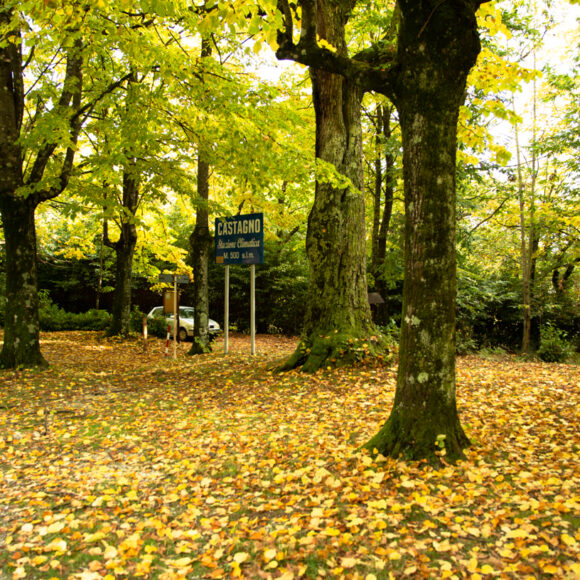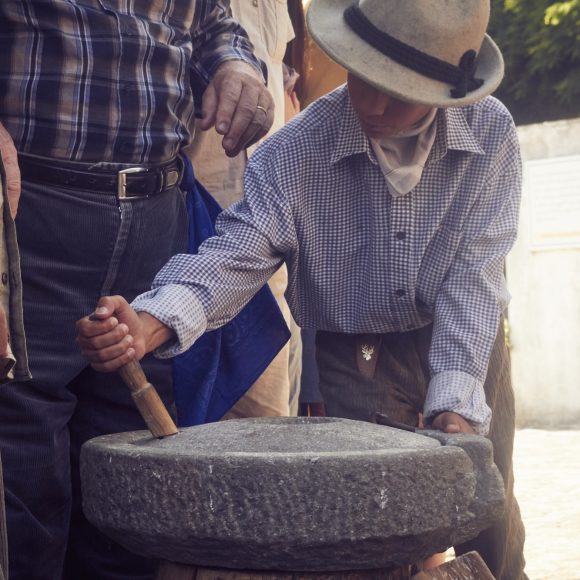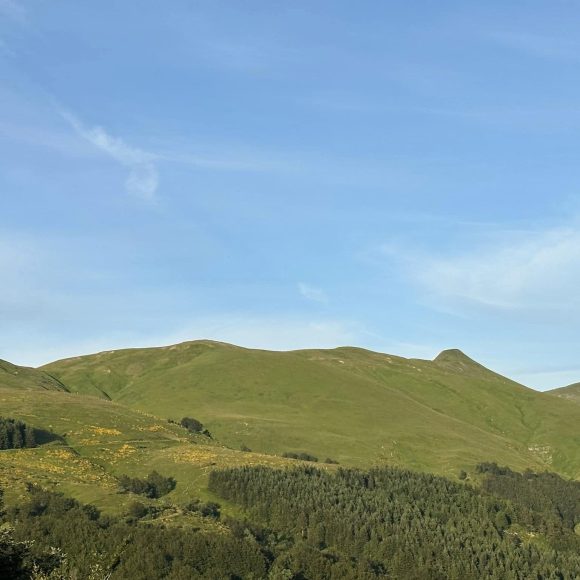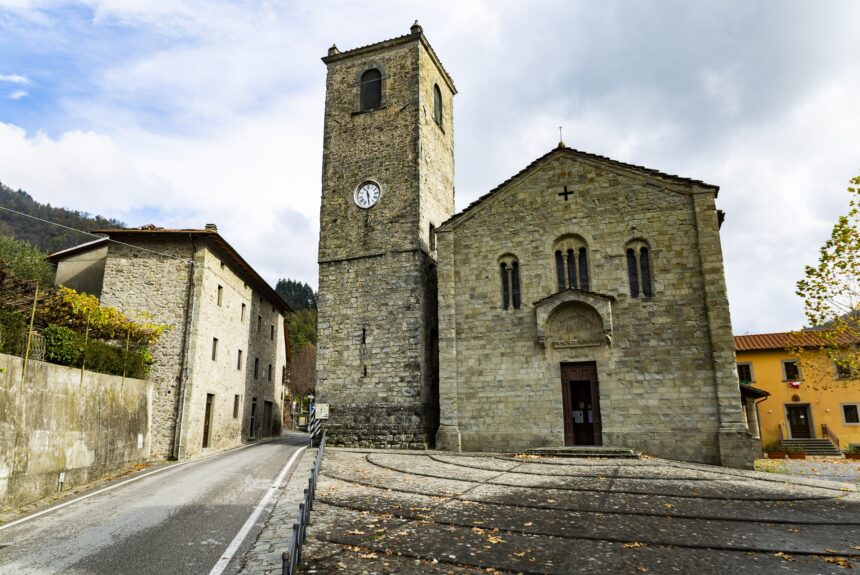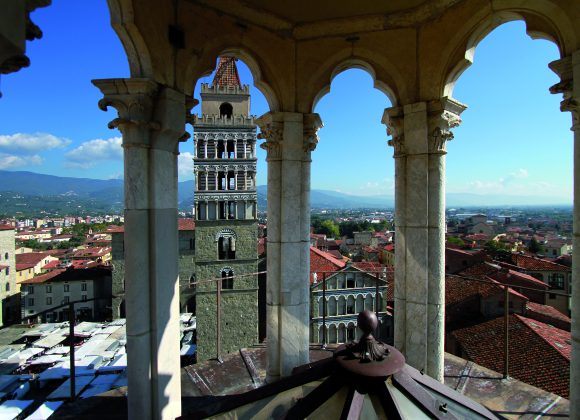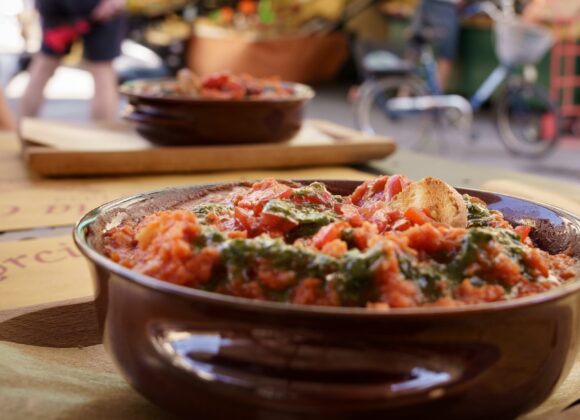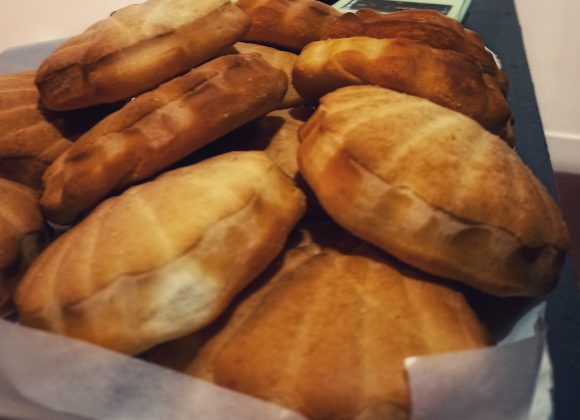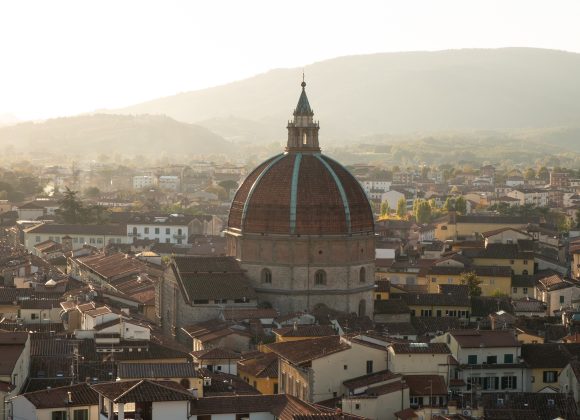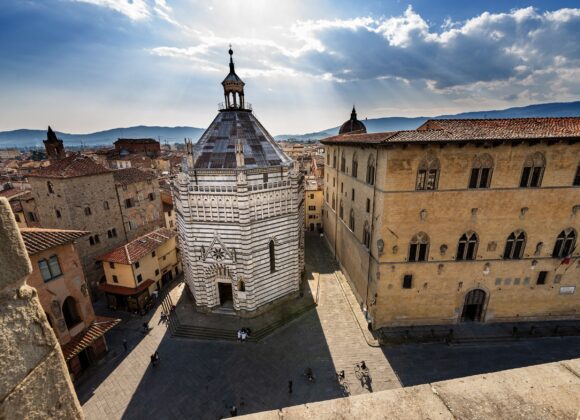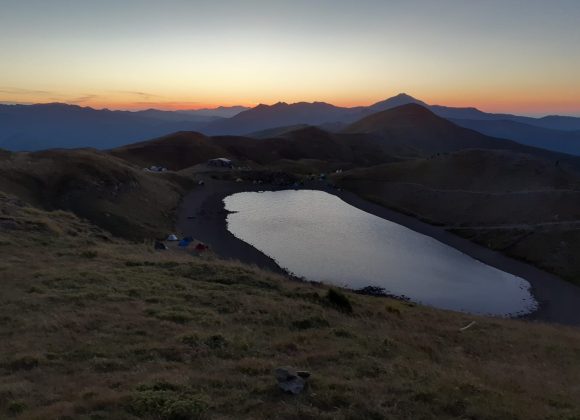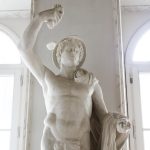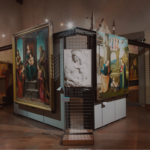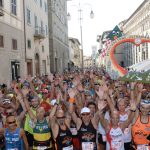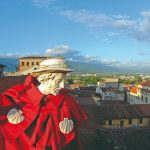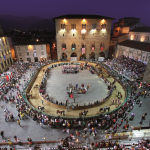routes / In the mountains
On the Tracks of history
Exploring the Pistoia Mountains
routes
In the mountains
length
34,8 km
Difference in altitude
780 m
Means of transport
Gravel, e-bike
A medium-difficulty route along the original track of the former Alto Pistoiese Railway, an old disused railway line, now perfect for cycling.
Stages Itinerary
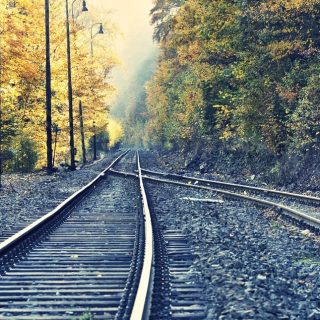
F.A.P- Ferrovia Alto Pistoiese
stage 1
F.A.P- Ferrovia Alto Pistoiese
Called the Ferrovia Alto Pistoiese (F.A.P.), "Alto Pistoiese Railway", after the name of the concessionary and operating company, this narrow-gauge railway line was also known as the Pracchia – San Marcello Pistoiese – Mammiano railway. It was in operation between 1926 and 1965. Today, hikers and bikers use the route.
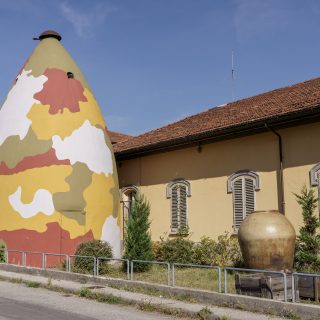
S.M.I. Museums and Shelters
San Marcello Piteglio
stage 2
S.M.I. Museums and Shelters
The S.M.I. - Italian Metallurgic Industry - museum and shelters is an excellent example of industrial archeology, unique in Europe due to the size of this vast underground shelter and totally safe from air raids. It is to be found at Campo Tizzoro in the Municipality of San Marcello Piteglio in the Pistoia Mountains. Its history is inextricably bound to that of S.M.I.'s industrial factories, leaders in cartridge production in periods of war, and first installed here in 1911. The Museum tells the story of a hundred years of Italian industrial history.
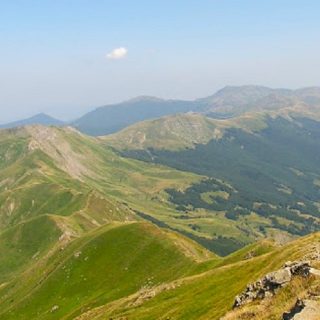
Maresca
stage 3
Maresca
Maresca is a hamlet in the municipality of San Marcello Piteglio on the Pistoia Mountains, located along the namesake stream, a tributary of the Reno River. In 1950, a meeting was held in Maresca between representatives of various sections of the Italian CAI (Italian Alpine Club), where it was decided to adopt the white and red trail markers at the national level, which still mark trails throughout Italy today.
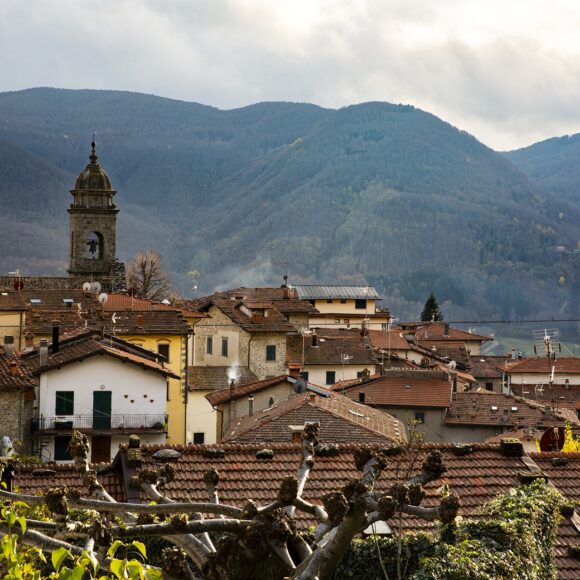
Gavinana
San Marcello Piteglio
stage 4
Gavinana
Gavinana is a delightful medieval hamlet, a district of the town of San Marcello Piteglio. We first arrive in the town square with the equestrian statue of Francesco Ferrucci in its centre, made to commemorate the historical battle of 1530. The wonderful church of Pieve di Santa Maria Assunta, is well worth a visit: it is a 11th-century Romanesque building with an extremely precious organ inside. This historic organ is one of the largest in Italy with its 2.063 pipes! At Gavinana you can also visit the Museo naturalistico archeologico dell’Appennino Pistoiese which reconstructs the history of man in these areas and has, on exhibition, many prehistoric findings of the North-Western Apennines, among which a skeleton of a bear going back to cavemen times.
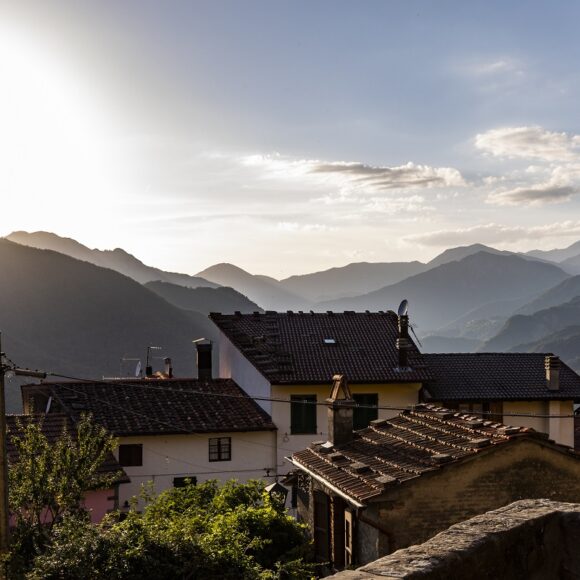
San Marcello Piteglio
stage 5
San Marcello Piteglio
With abundant historical evidence from the 14th century on, San Marcello Pistoiese stands on a woods-covered hill. Other particularly interesting, nearby communities are the ancient villages of Maresca, located on the edge of the Teso State Forest, and Gavinana, home to the Francesco Ferrucci Museum and the Ecomuseum Information Point in the ancient Palazzo Achilli.
The village of Piteglio dominates the Val di Lima, where the important and ancient trans-Apennine road linking Pistoia to the Garfagnana ran. In the 11th -12th century, it was a fortified castle, an observation point under Pistoiese control. An easy distance from Piteglio are the hamlets of Macchia Antonini, Crespole, Lanciole, Calamecca and Migliorini.
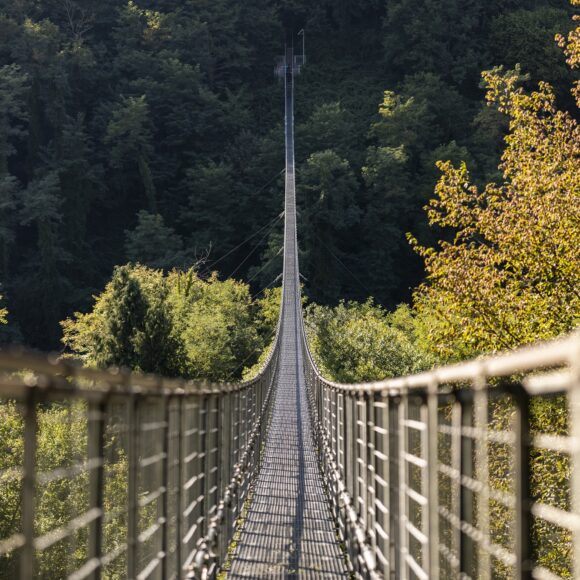
Ferriere Suspension Bridge
San Marcello Piteglio
stage 6
Ferriere Suspension Bridge
The Ferriere Suspension Bridge, built in 1923, is made up of a pedestrian gangway with four steel cables, 227 metres long and 36 metres high. This hanging bridge joins the two sides of the Lima River and, in the past, Popiglio's labourers who worked in the metallurgic factories on the opposite side of the mountains saved themselves the trouble of travelling six kilometres every day by crossing over it. Nowadays you can cross the bridge from one side to the other and can enjoy a truly breathtaking panorama!

